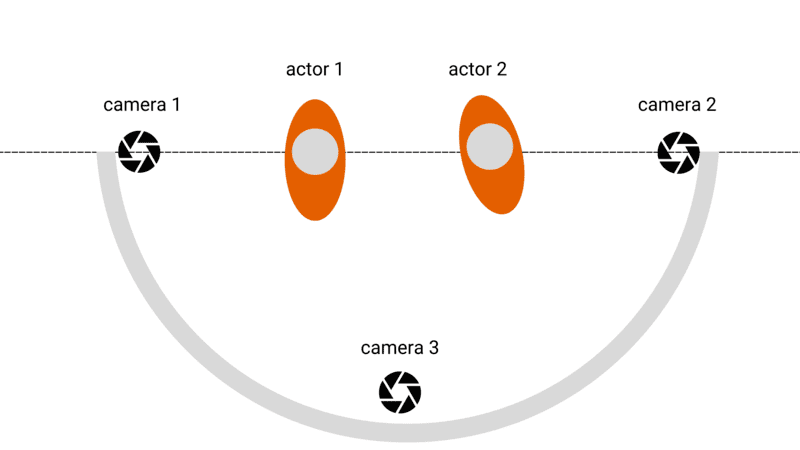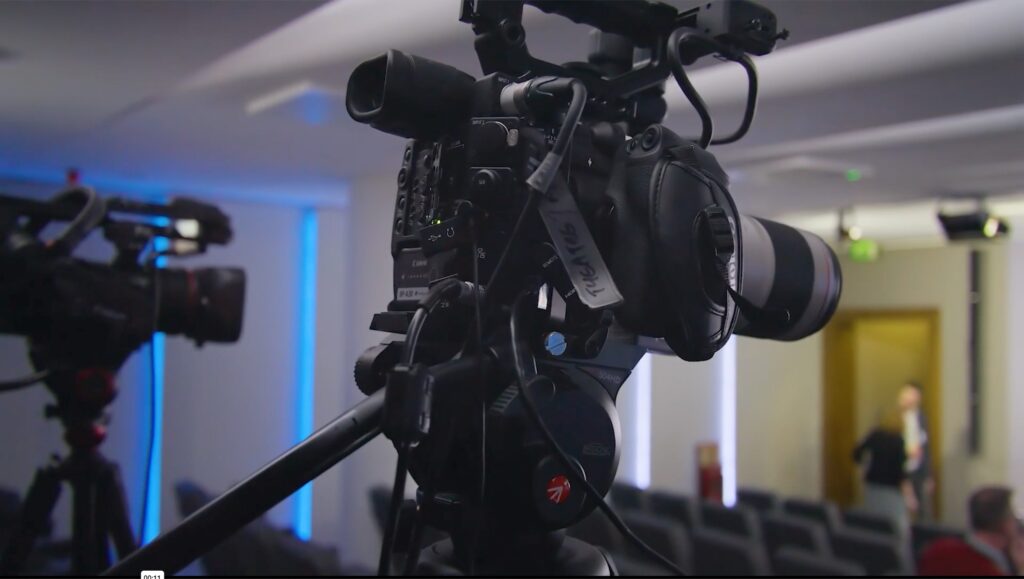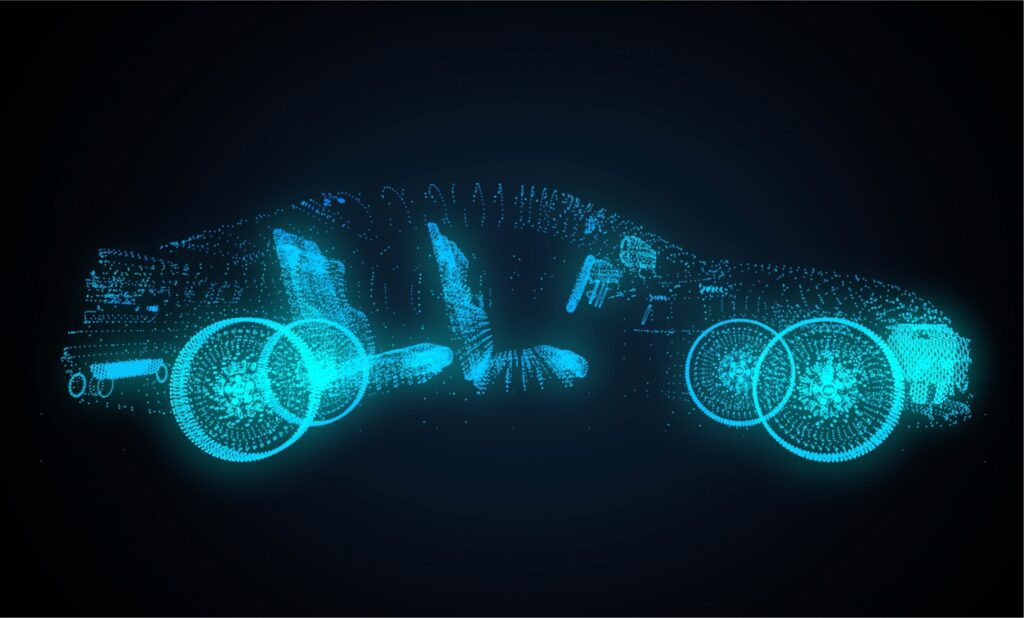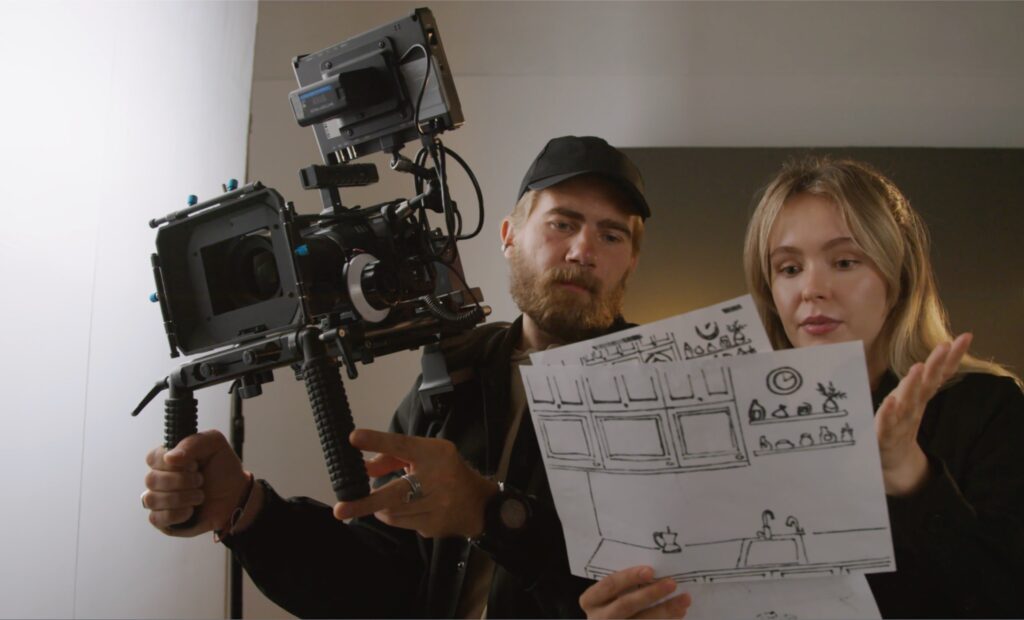In the world of film and video production, a fundamental concept known as the “180-Degree Rule” plays a critical role in shaping how stories are visually told. So, what is the 180-Degree Rule in Video Production? Essentially, it serves as a cornerstone of cinematography and directing, helping to create a seamless and coherent visual narrative. This blog post delves into the depths of the 180-Degree Rule, exploring its importance in video production and its influence on the audience’s viewing experience.

What is the 180-Degree Rule in Video Production?
The 180-Degree Rule is a filmmaking guideline that helps maintain spatial consistency within a scene. Imagine an invisible line, or axis, that runs through your scene, connecting the main subjects. This axis forms a 180-degree arc, and the rule dictates that the camera should stay on one side of this line for all shots within the scene. By doing so, it preserves the geometric relationship between characters or objects, ensuring that left/right positions remain consistent from shot to shot.
Why is the 180-Degree Rule Important?
The 180-Degree Rule is more than just a technical guideline in video production; it’s a fundamental principle that deeply influences the viewer’s experience. Let’s delve deeper into its importance:
Spatial Awareness and Orientation:
- Creating a Coherent World: This rule helps in constructing a believable and coherent world within the film or video. By maintaining a consistent orientation, it allows the audience to understand the spatial relationship between characters and their environment. This understanding is crucial, especially in complex scenes with multiple characters or significant action.
- Preventing Viewer Confusion: Without this rule, viewers might struggle to follow the action or understand the spatial dynamics of a scene. Imagine a conversation where characters seem to switch places between shots; it would be disorienting and break the viewer’s immersion.
- Importance in Action Sequences: In fast-paced action scenes, maintaining spatial orientation becomes even more critical. The 180-Degree Rule helps in creating a fluid and comprehensible sequence of events, which is essential for maintaining suspense and excitement.

Visual Continuity
- Seamless Storytelling: Visual continuity is key to seamless storytelling. By ensuring that characters and objects are consistently positioned from shot to shot, the 180-Degree Rule makes transitions between shots appear smooth and natural.
- Maintaining Narrative Flow: This continuity is essential for maintaining the narrative flow. Disrupting this flow with jarring or inconsistent shots can distract the viewer and detract from the story being told.
- Role in Editing: The rule also significantly aids the editing process. Editors rely on this consistency to stitch together various shots into a cohesive scene. Without it, editors would face significant challenges in creating a fluid narrative.
Enhancing Emotional Engagement
- Focus on Story and Characters: By keeping spatial relationships consistent, the rule allows viewers to focus on the story and the emotions of the characters. Inconsistent spatial relations can confuse viewers, pulling them out of the narrative and diminishing their emotional connection to the characters.
- Subtle Guidance of Viewer Emotion: The way characters are positioned and shot in relation to each other can also subtly influence the viewer’s perception and emotions. For instance, maintaining consistent eye lines in a dialogue scene helps in fostering a connection between characters and audience.
- Impact on Viewer Interpretation: The consistent spatial arrangement can impact how viewers interpret relationships and dynamics between characters. For example, consistently positioning a character on the left side can subtly suggest certain personality traits or narrative roles.
Navigating Exceptions to the Rule
Understanding when and how to deviate from the 180-Degree Rule in video production is as crucial as adhering to it. These exceptions are not just mistakes or oversights; they are often deliberate choices made by filmmakers to achieve specific narrative or aesthetic goals.
Creating Disorientation or Tension
In psychological thrillers or horror films, crossing the 180-degree line can create a sense of unease or disorientation in the audience, mirroring the characters’ own psychological states. This technique can visually represent a character’s confusion or disoriented mental state, allowing the audience to experience a similar sense of disarray, enhancing empathy with the character’s plight. Additionally, in suspenseful sequences, violating this rule can keep the audience on edge, adding to the unpredictability and intensity of the scene.
Artistic and Stylistic Choices
Some directors use the breaking of this rule as a signature style to set their work apart, giving it a distinctive look, especially in avant-garde or experimental cinema. It can be used to convey complex or abstract ideas, where traditional spatial relationships might be too limiting, or to highlight a character’s isolation or detachment from their surroundings. This can be a subtle but effective way to convey emotional and relational distances between characters.
Reinforcing Thematic Elements
Disregarding the 180-degree rule can symbolise a departure from reality, such as in dream sequences or hallucinations. Filmmakers might choose to break this rule at pivotal moments in the story, using the change in perspective to underscore significant changes or revelations in the narrative.
Enhancing Dramatic Effect
Crossing the line can amplify the drama in scenes with high emotional stakes or conflict, creating a visual representation of the turmoil or upheaval experienced by the characters.
Practical Application of the 180-Degree Rule
The practical application of the 180-Degree Rule in video production requires meticulous planning, the strategic use of visual cues, and cohesive team collaboration.
Meticulous Planning: The foundation of effectively applying the 180-Degree Rule lies in detailed pre-production planning. This involves storyboarding and thoroughly planning your shots, a process that allows directors and cinematographers to pre-visualise each scene and determine the ideal positioning of the camera in relation to the action. By doing so, filmmakers can ensure that the 180-degree line is respected throughout the scene, thus maintaining spatial consistency. This step is particularly crucial for complex scenes involving multiple characters or intricate action sequences, where maintaining spatial orientation becomes more challenging but all the more essential.
Utilising Visual Cues: Within the filming environment, various elements can act as visual anchors to maintain spatial orientation. Props, scenery, and even background actors can be strategically placed and used as reference points to establish and reinforce the 180-degree line. For instance, a distinctively coloured prop or a unique architectural feature can serve as a constant within the scene, helping the audience subconsciously map the spatial relationships between characters and their surroundings. This method is particularly useful in dynamic scenes where the camera or the subjects are moving, as these visual cues can provide a sense of continuity and stability.
Team Collaboration: Adhering to the 180-Degree Rule is a collaborative effort that involves the entire production team. It’s essential that directors, cinematographers, and editors are all on the same page regarding the intended 180-degree line for each scene. Regular communication and briefing sessions can help ensure that every team member, from the camera operators to the editing staff, understands the spatial dynamics of each scene. This shared understanding is crucial not only during filming but also in post-production, where editors rely on the consistency of spatial orientation to seamlessly piece together various shots into a coherent narrative.
Conclusion
The 180-Degree Rule, a seemingly simple concept, is a vital tool in the toolkit of filmmakers and video producers. It plays a critical role in crafting visually coherent and engaging narratives. Understanding when to adhere to this rule and when to break it for creative effect is key to mastering the art of visual storytelling. Whether you are a budding filmmaker or an experienced director, balancing this technical guideline with your creative vision is essential for crafting compelling stories that resonate with your audience.
FQAs
- How can I determine the 180-degree line in a scene?
The 180-degree line is typically established based on the main action or the primary subjects in a scene. It can be envisioned as a straight line connecting these elements, and the camera should stay on one side of this line throughout the scene. - Is the 180-Degree Rule applicable in all types of films and videos?
While it is a fundamental rule in traditional filmmaking and video production, some genres, like avant-garde or experimental films, may intentionally disregard this rule for creative effect. - How does breaking the 180-Degree Rule affect the audience?
Breaking the rule can lead to confusion and disorientation for the audience, as it disrupts the spatial continuity established in a scene. However, when done purposefully, it can also add tension, surprise, or artistic flair to the narrative. - Are there any tools or techniques to help maintain the 180-Degree Rule during shooting?
Storyboarding and careful planning are key tools. Additionally, using visual markers or props in the scene can help maintain the 180-degree line. Regular communication with the camera operators and other crew members is also crucial. - Can the 180-Degree Rule be broken?
Yes, experienced filmmakers sometimes break this rule for artistic reasons, such as creating a sense of disorientation or emphasising a dramatic narrative shift. However, this should be done thoughtfully and with a clear purpose. - How do editors handle scenes where the 180-Degree Rule is broken?
Editors pay close attention to the sequence and context of shots. When the rule is broken, they may use creative editing techniques to minimise spatial confusion or to enhance the intended disorienting effect. - Is the 180-Degree Rule relevant in animation and virtual reality?
Yes, the rule is relevant in animation for maintaining spatial consistency. In virtual reality, however, the rule may be adapted differently due to the immersive and interactive nature of the medium. - How can I practice applying the 180-Degree Rule in my productions?
Practice by planning and shooting simple scenes, paying attention to the spatial relationships. Reviewing and analysing films that effectively use (or intentionally break) the rule can also be beneficial.





